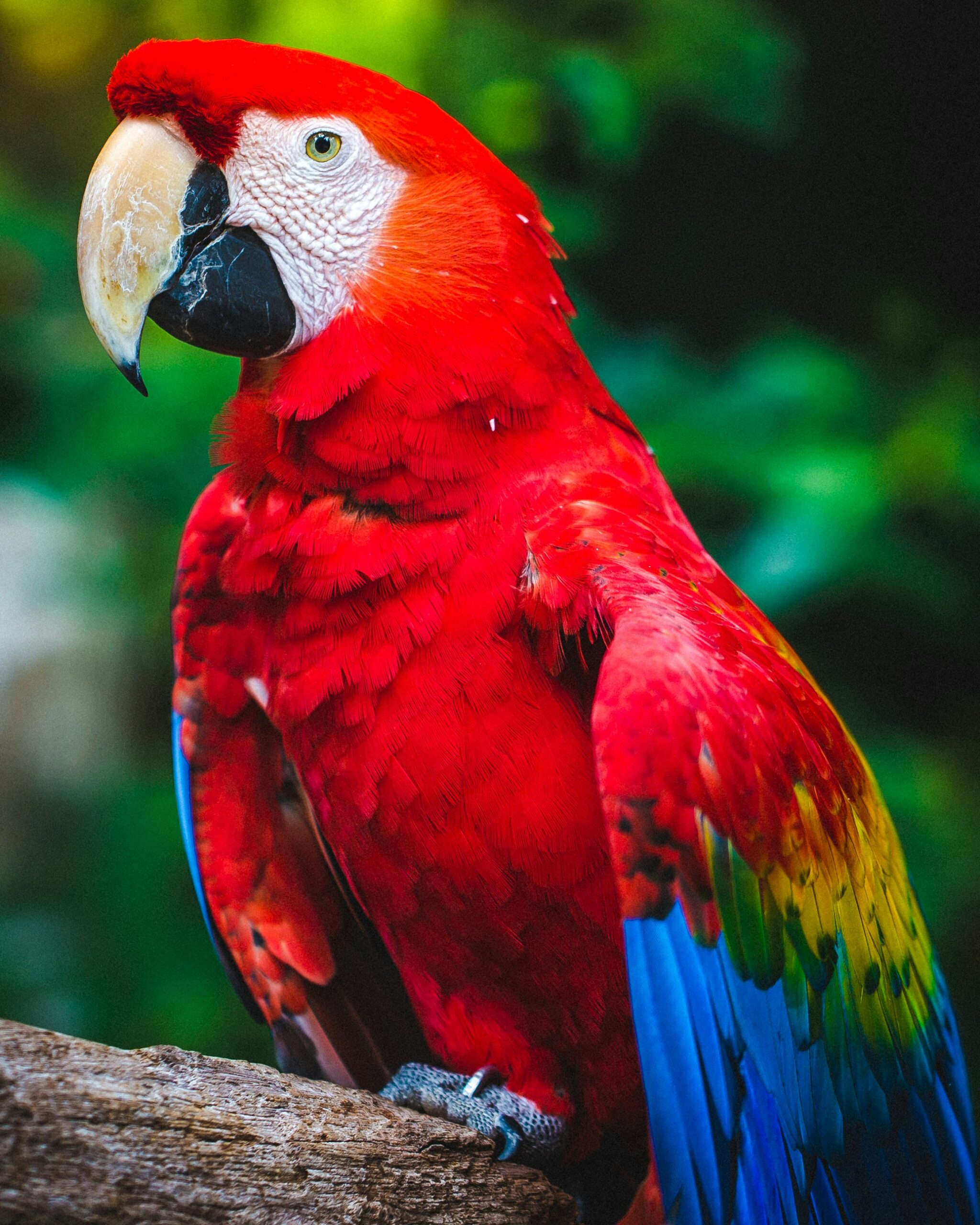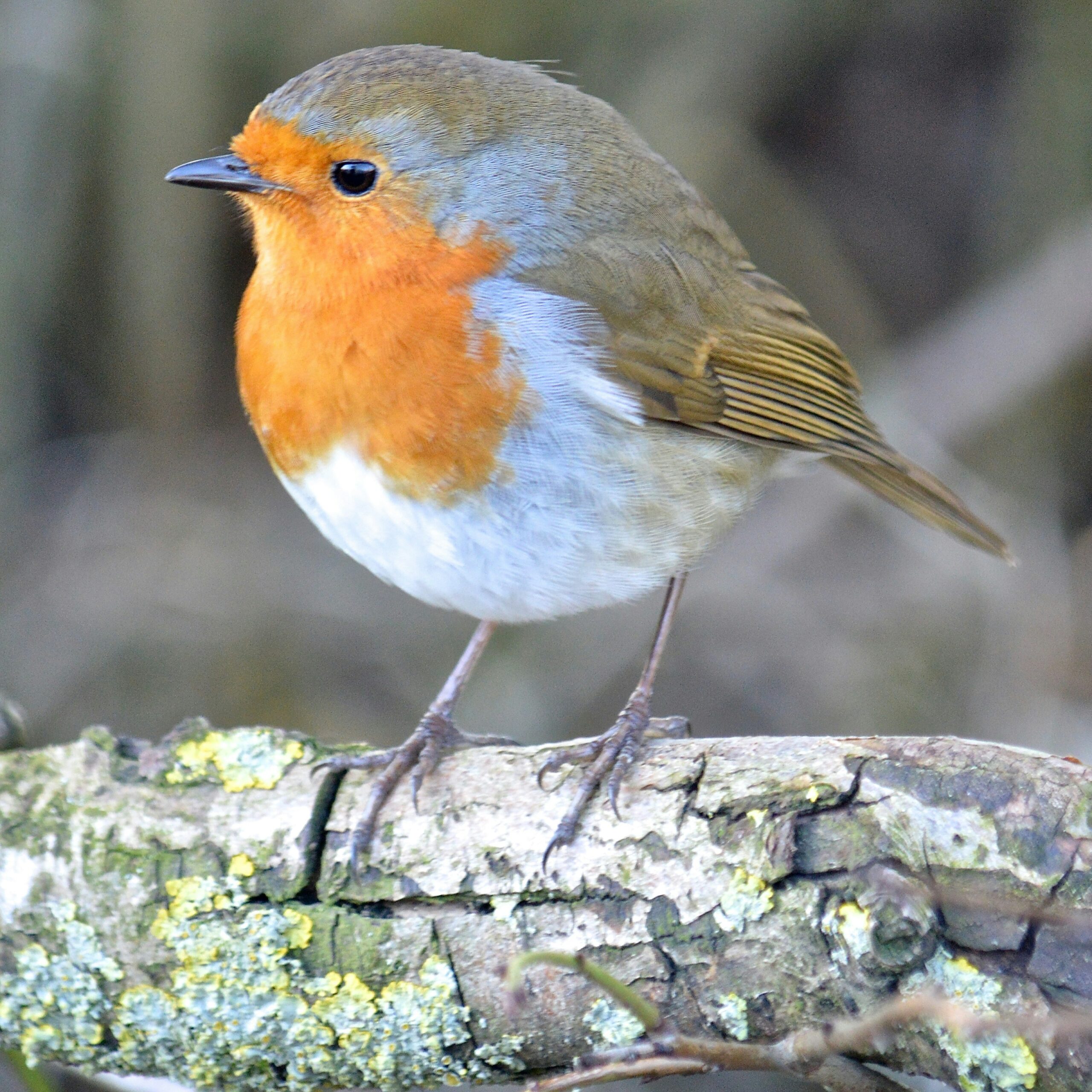Parrots are some of the most intelligent and fascinating pets in the world. One of their most charming traits is their ability to mimic human speech. Some parrots can learn a few simple words, while others can develop entire vocabularies and even hold short conversations.
If you’ve ever wondered how to teach your parrot to talk, the process takes time, patience, and consistency — but it’s absolutely possible. Here’s a complete guide to help your feathered friend start talking!
1. Understand Your Parrot’s Species and Personality
Not all parrots have the same talking ability. Some species are naturally better mimics than others.
- African Grey Parrots are known as the best talkers — they can learn hundreds of words.
- Amazon Parrots and Budgerigars (Budgies) are also great learners.
- Cockatiels and Lovebirds can mimic tones and whistles, but usually speak less clearly.
It’s also important to remember that each parrot has a unique personality. Some are social and eager to interact, while others are shy or easily distracted. Understanding your bird’s temperament will help you adjust your training approach.
2. Start with a Calm and Positive Environment
Before training, make sure your parrot feels comfortable and safe. A stressed or frightened bird won’t be in the mood to learn. Keep the room quiet, without loud music or distractions.
Talk to your parrot in a calm, cheerful voice. Build trust by spending time near the cage, offering treats, and letting the bird get used to your presence. Once your parrot associates your voice with safety and positivity, it will be more willing to listen and learn.
3. Begin with Simple, Clear Words
Start with short, easy words — preferably ones you use often. Good examples include:
- “Hello”
- “Hi”
- “Good morning”
- The bird’s name (“Polly”, “Sunny”, etc.)
- “Pretty bird”
Repeat these words several times a day using the same tone and rhythm. Parrots learn best through repetition and association. Say the word slowly, clearly, and consistently, especially when performing related actions. For example:
- Say “Hello” each time you enter the room.
- Say “Bye-bye” when leaving.
- Say the bird’s name when offering food or treats.
This helps the parrot link words with situations — making it easier to understand and repeat them.
4. Use Positive Reinforcement
Just like humans, parrots respond well to rewards. Every time your parrot tries to mimic a sound or says a word, praise it enthusiastically and offer a treat or favorite snack.
Even small attempts should be rewarded — that’s how you build motivation. Avoid scolding or forcing your bird to speak; pressure can make them anxious and less likely to learn.
5. Be Consistent — Short Daily Sessions Work Best
Training sessions should be short (around 10–15 minutes), but frequent. Parrots have short attention spans, so it’s better to practice several times a day rather than one long session.
Repeat the same words regularly and stay consistent with your tone. Over time, your parrot will start connecting the sounds with meaning and try to copy you.
6. Talk to Your Parrot Naturally Throughout the Day
Don’t limit speech practice to “training time.” Talk to your parrot as part of your daily routine:
- When you feed it, say “Are you hungry?”
- When cleaning the cage, say “Let’s clean!”
- When leaving, say “See you later!”
This makes learning more natural and fun for the bird. The more your parrot hears your voice, the more familiar and confident it becomes with human language.
7. Play Sounds and Music Carefully
Some parrots learn by hearing recorded voices or sounds. You can play short audio clips of people saying “hello” or other simple words. However, use this method sparingly — parrots learn best from real interaction, not just recordings.
Remember: your tone, emotion, and facial expressions help your parrot understand the meaning behind words.
8. Be Patient and Celebrate Small Progress
Every parrot learns at its own pace. Some start repeating sounds within weeks, while others take months. Stay patient and encouraging — progress might be slow at first, but once your parrot says its first word, others will follow quickly.
Never compare your parrot to others. What matters most is the bond you build through communication.



